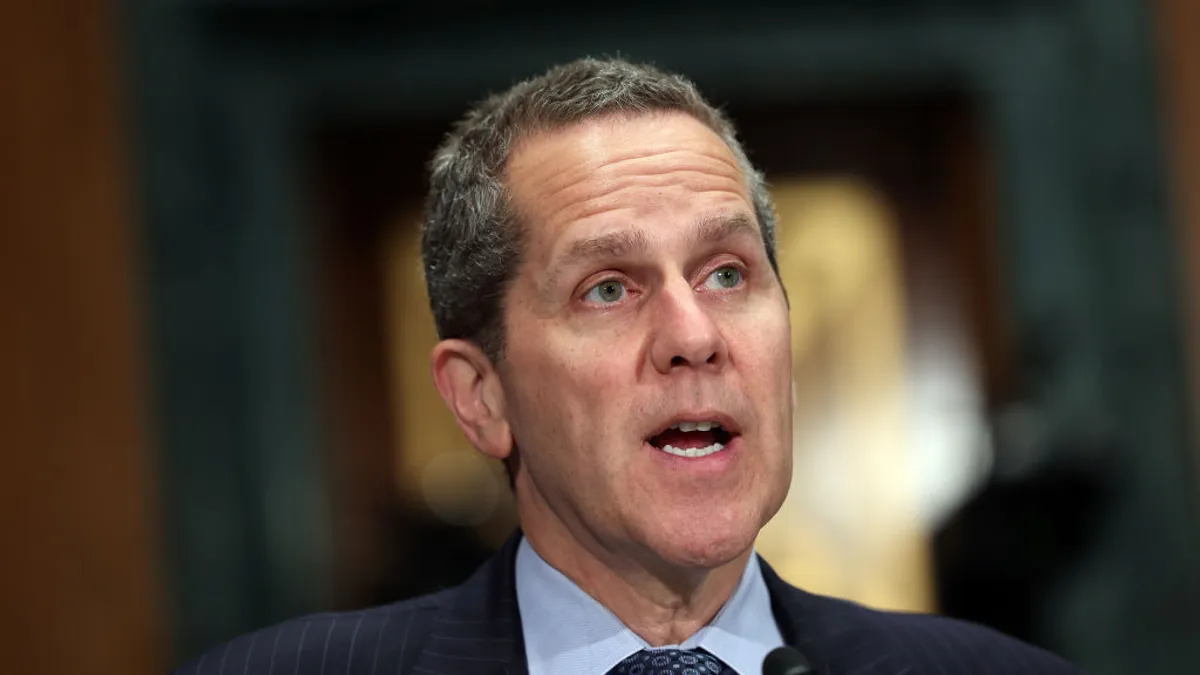The Federal Reserve is considering a revamp of stress tests for big banks that would average their results over two years and give them three extra months to adjust to new capital buffer requirements.
The changes, proposed Thursday, would reduce year-over-year fluctuations in the capital requirements that result from the stress test and would extend – until Jan. 1 of the following year – the date by which banks meet them.
Banks now must meet their new stress capital buffer by Oct. 1.
Additionally, changes would aim to streamline collection of the Fed’s stress test-related data. Those changes aren’t meant to materially affect capital requirements, the Fed said.
The Fed said it plans, later this year, to propose additional changes to stress-test transparency – including disclosing and seeking public comment on the stress test models, and ensuring that the public can comment on the stress test’s hypothetical scenarios before they are finalized.
The changes aren’t unanimously supported among the Fed’s governors, however. Gov. Michael Barr, formerly the Fed’s vice chair for supervision, said the changes “risk turning stress testing into an ossified exercise that will provide false comfort in the resilience of the system,” according to a memo accompanying the proposal.
Banks may game stress tests if they know what they’ll contain, Barr warned.
“Full disclosure of the Fed's stress models and scenarios could enable banks to optimize stress test results by adjusting their balance sheet based on their knowledge of where the models underprice risk, in order to reduce their capital requirements without materially reducing risks,” he wrote.
A too-predictable test may also incentivize banks to invest less in their own risk management.
Gov. Adriana Kugler issued a notice in support of the changes, but with concerns about weighting two years of data, “which results in an average of 18 months elapsing between the financial statements used for stress capital buffer requirement calculations and the effective date of those requirements.”
The drawback of such proposed changes, she wrote, means the stress capital butter will be less sensitive to current economic conditions.
Comments on the Fed’s proposal are due 60 days after they’re published in the Federal Register.
The American Bankers Association, Bank Policy Institute and other trade groups sued the Federal Reserve in December over what they call a “lack of transparency” in the central bank’s stress-testing process.
“Adopted in secret,” stress-test models “[produce] vacillating and unexplained requirements and restrictions on bank capital,” the groups wrote in the lawsuit filed in the U.S. District Court for the Southern District of Ohio.














